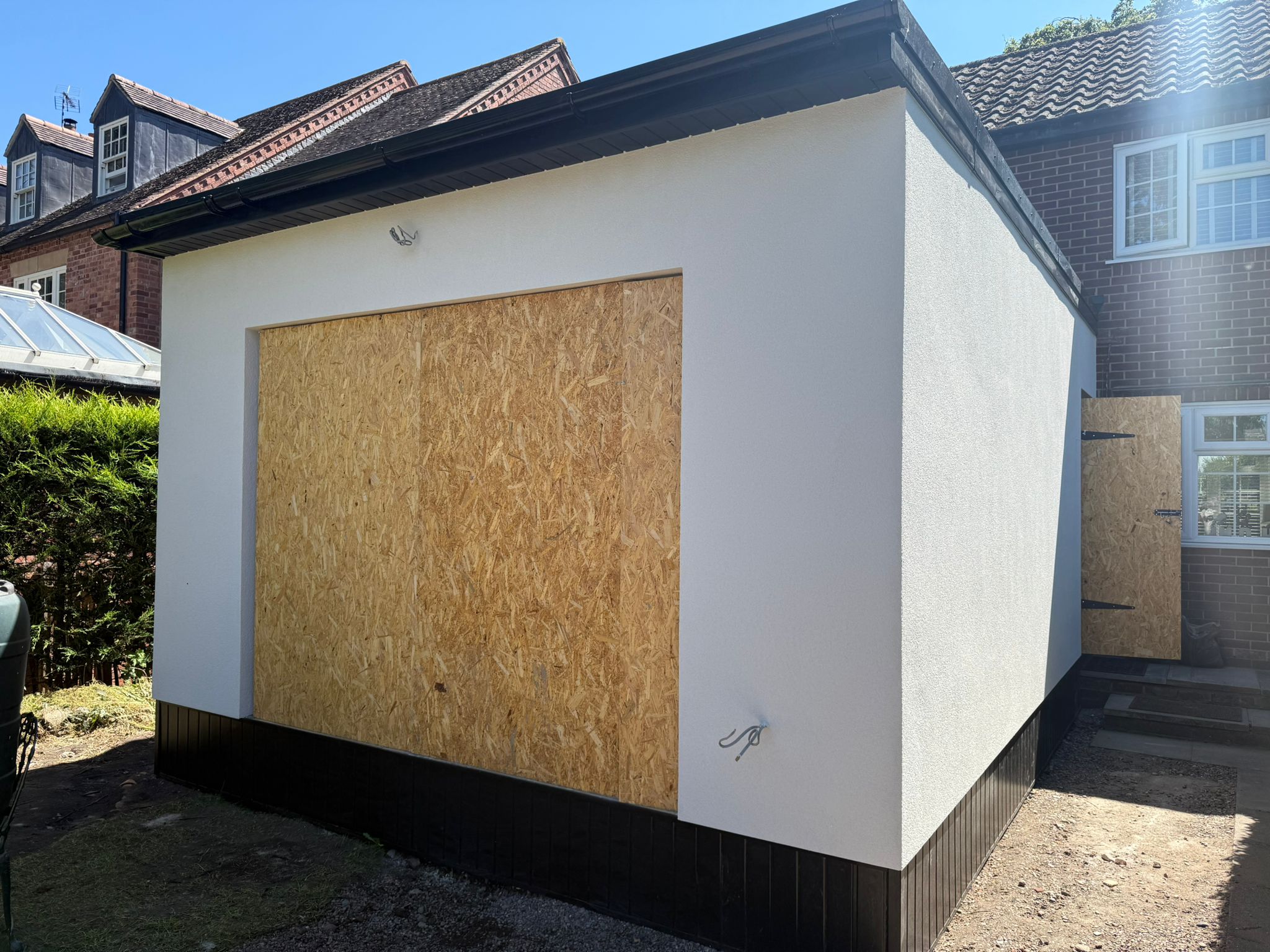
Fighting the relentless foe of thermal bridging in construction can often feel like a losing battle. Did you know that such bridges can account for up to 30% of a building's heat loss? Our blog dives deep into innovative solutions, from insulation techniques to cutting-edge materials, helping transform this war into a winnable one.
Thermal bridging occurs when there is a break in the insulated barrier of a building, allowing heat to escape or enter, resulting in increased energy consumption and reduced comfort.
Thermal bridging is heat moving along a path out of your building. This happens through an area that has less resistance to the heat than the rest around it. It steals warmth in cold weather and lets heat in when it's hot outside.
This makes homes less comfy and raises energy bills too.
Thermal bridges are areas in buildings where heat can easily escape or enter, leading to energy loss and discomfort. There are different types of thermal bridges that can occur in construction.
One common type is called a "linear thermal bridge," which happens when there is a break in the insulation layer, such as at wall corners or around windows. Another type is an "interface thermal bridge," which occurs at the junction between two materials with different thermal properties, like where a concrete floor meets an external wall.
Understanding these types of thermal bridges is crucial in finding effective solutions to reduce heat transfer and improve energy efficiency in buildings.
Reducing thermal bridging in construction is crucial for energy efficiency and comfort. Thermal bridging occurs when there are breaks or gaps in the insulation, allowing heat to escape or enter a building more easily.
This can lead to higher heating and cooling costs, as well as discomfort for occupants. By reducing thermal bridging, we can improve the overall performance of buildings, increase energy efficiency, and create a more comfortable indoor environment.
This is especially important considering the rising concerns about climate change and the need to reduce our carbon footprint. Architects, engineers, and builders should prioritize strategies that minimize thermal bridges through proper insulation techniques and efficient materials to ensure sustainable construction practices.
To tackle thermal bridging in construction, continuous insulation can be used to create a barrier against heat transfer and reduce energy loss. Efficient materials and techniques, such as insulated concrete forms or structural insulated panels, can also help minimize thermal bridges.
Additionally, providing training and education for developers and professionals on the importance of reducing thermal bridging can promote better building practices in the industry.
Continuous insulation is an effective strategy to reduce thermal bridging in construction. It involves the installation of a continuous layer of insulation around the entire building envelope, without any breaks or interruptions.
This helps to minimize heat transfer through walls and other structural components, improving energy efficiency and reducing heating and cooling costs. By using high-performance insulation materials like rigid foam boards or insulated concrete forms (ICFs), builders can create a more thermally efficient building envelope.
Continuous insulation also helps prevent condensation and moisture damage, enhancing the durability and longevity of the structure. Overall, this innovative solution plays a crucial role in achieving sustainable construction practices and creating comfortable indoor environments while minimizing energy consumption.
Efficient materials and techniques are key to reducing thermal bridging in construction. By using materials with high insulation properties, such as foam or cellulose, heat transfer can be minimized and energy efficiency increased.
These materials act as a barrier, preventing the flow of heat through walls, floors, and roofs. Additionally, techniques like double-glazed windows and reflective coatings on surfaces help to further reduce thermal bridging by improving the overall insulation of a building.
Implementing these efficient materials and techniques not only saves energy but also enhances the comfort level inside buildings while minimizing heating costs for homeowners and businesses.
Developers and professionals play a crucial role in reducing thermal bridging in construction. By providing training and education, they can stay updated on the latest strategies, materials, and techniques for improving energy efficiency in buildings.
This knowledge enables them to incorporate insulation techniques effectively into building design and construction processes. Additionally, ongoing education helps engineers, architects, interior designers, and other professionals understand the importance of reducing thermal bridging and how it impacts the overall performance of the built environment.
With enhanced skills and awareness, developers and professionals can contribute to sustainable construction practices that prioritize energy conservation and meet building codes for improved thermal insulation.
In conclusion, reducing thermal bridging in construction is crucial for energy efficiency and sustainability. Through the use of innovative solutions such as continuous insulation, efficient materials and techniques, and education for professionals, we can greatly improve the performance of buildings.
By implementing these strategies, we can create more comfortable spaces while also reducing energy consumption and lowering carbon emissions.
Thermal bridging in construction is when heat moves from inside a building to the outside through certain parts of the structure.
Exploring new techniques and materials can offer better heating solutions for buildings, reduce thermal bridging and add to green building practices.
Yes, using renewable energy systems like solar panels may support passive house models that aim to keep warm air within its walls, thus helping lessen thermal bridges.
Sustainable architecture involves using construction materials intelligently and creatively which helps make structures more insulated against heat loss hence reducing thermal bridges.

